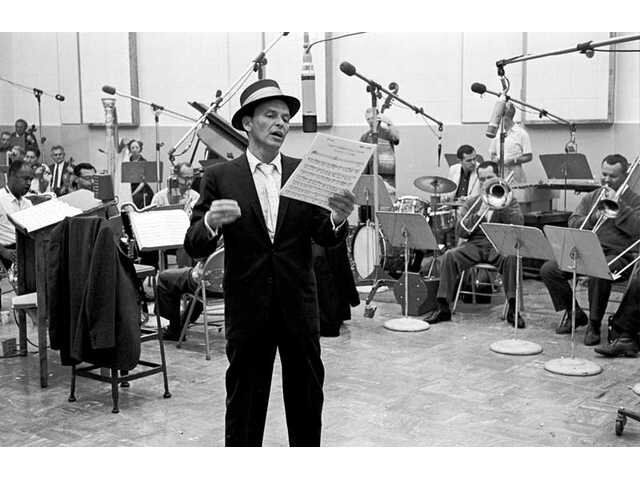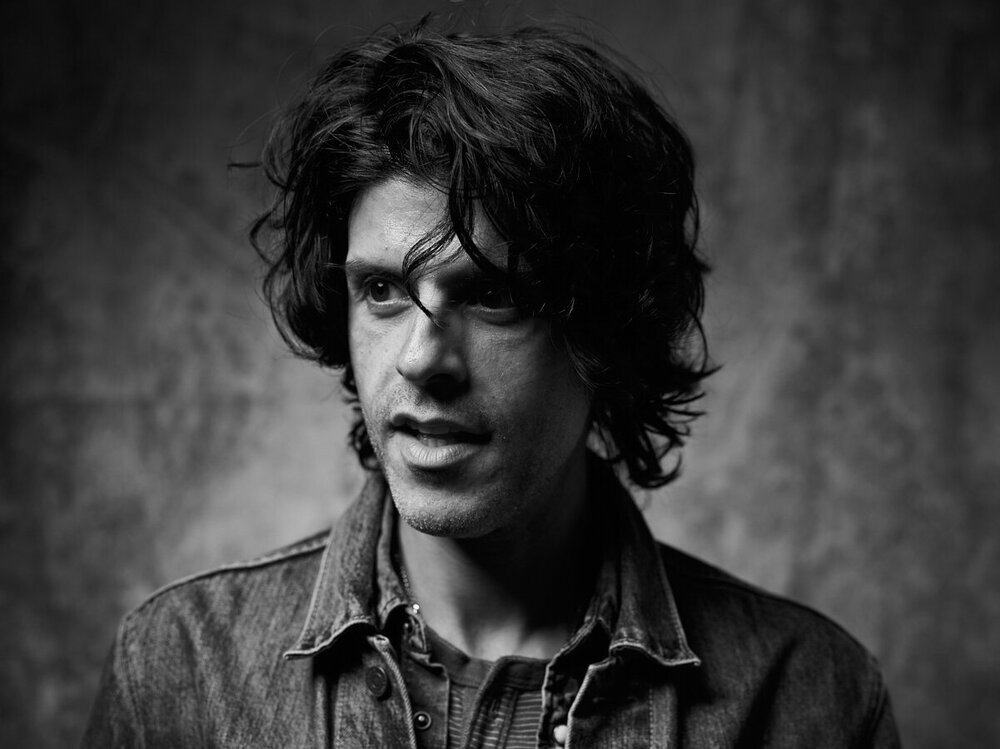Daily Dose of Vocal Jazz: Part 1 (of 5): Prelude to a Kiss: I know you love the past but what jazz have you listened to lately?
Living in the past
Anyone with a taste for jazz recognizes Billie Holiday (aka Lady Day) as a talent for the ages. I ask: When and how do we truly make room to embrace new artists contributing to the tradition?
When you think of a jazz singer it’s hard not to picture Billie Holiday crooning with a magnolia in her hair, Sinatra snapping his fingers in front of a big band, or Ella dabbing her sweaty forehead with a handkerchief as she scats up a storm. As evocative as these images of past masters can be they can distract us from heralding the great jazz singers performing, recording, and touring currently. Jazz singing is very much a contemporary art but few bridges connect it the general pop audience.
In “Singing for Our Supper” (December 2003, Jazz Times magazine) Lara Pellegrinelli noted the commercial prominence of vocalists in jazz compared to most instrumentalists. Despite the status of vocalists within the jazz world reissues of older jazz albums from the past routinely outsell those by new artists. Nostalgia is an easier sell than the “risk” involved in trying out new artists. Whereas jazz-oriented singers of the past recorded for major record labels and had radio singles and album sales that placed them in the mainstream of popular music jazz is now more of an “art” genre for specialists.
Though several contemporary singers record on labels affiliated with the major distributors, such as Blue Note (owned by the Universal Music Group), a contemporary jazz singer is far more likely to record for independent specialty labels like Motéma Music or HighNote Records, or to release records independently. For example, San Francisco based vocalist Madeleine Eastman and Kitty Margolis release albums on their label MAD-KAT Records and Seattle based singer Janis Mann releases albums on her label Pancake Records.
There’s only one Frank Sinatra—accept no substitutes. Many singers seek to emulate his style but aspiring artists must find their own voice. The best contemporary jazz vocalists have learned from past masters and sought new paths.
Jazz becomes “art” music?
What was gained and lost by this transition from jazz-oriented music as pop to something more independent or even “avant-garde” is complex. Most singers who began their careers between the late 1930s-early 1960s toed the line between seeking pop appeal and artistic credibility. Most recorded prolifically, releasing lots of singles (or “sides”) hoping for a radio and sales hit. Some are classic career defining songs (e.g. Nat King Cole Trio’s “Straighten Up and Fly Right”); many are dated, gimmicky, and best forgotten (e.g., Sarah Vaughan’s “De Gas Pipe She Leaking Joe”). In the early 1950s record companies had vocalists concentrate on recording albums; for many years they were eight songs but eventually expanded to longer suites and even concept albums where they could showcase artistry more fully.
In the mid-1960s consumer tastes changed. Younger buyers sought artists of their own generation and radio stations adapted by relegating older artists to the Easy Listening charts. Record companies got nervous and encouraged established singers to cover newer material which resulted in a lot of forced, embarrassing, miscalculations like Sinatra covering Simon & Garfunkel’s “Mrs. Robinson” and Fitzgerald covering Cream’s “Sunshine of Your Love.” Or worse, many singers lost their major label contracts. Some had comebacks in the 1970s thanks to independent labels like Norman Granz’s Pablo Records and Concord Jazz but jazz-oriented singing was commercially marginal. Flashpoints like the 1970s nostalgia craze, invigorated cabaret scenes in large cities, and the crowning of a new generation of jazz instrumentalists heralded as the “Young Lions” in the early 1980s raised the profile of jazz in the 1970s and 1980s. Mostly, however mainstream attention focused more on the occasional commercial phenom like Harry Connick Jr. than the collective fortunes of the genre as a whole.
So, what now? One result of the canonization of jazz as an art music is the proliferation of jazz education including camps, clinics, and formal degree programs. Some of its most notable teachers include Sheila Jordan, Jon Hendricks, Jay Clayton, and Tierney Sutton who have inspired countless vocalists.
The result are multiple generations of musicians deeply steeped in the musicality and history of jazz. Many also have classical training and have absorbed the richness of popular genres including soul music, bossa nova, and hip-hop. The creative possibilities seem more endless than ever which motivates me to spread the word to readers who may not be as versed in contemporary jazz scenes.
Jazz singing today
Jazzmeia Horn’s 2017 debut A Social Call garnered her acclaim and a Grammy nomination for her inspired repertoire, fluent improvisational skills, and thoughtful social conscience. Inspired but never imitative her three albums, which also include 2019’s Love and Liberation and 2021’s Dear Love, are the works of a singular talent.
Creatively, contemporary jazz singers concentrate more on albums than singles so their discographies are more coherent. Though many singers lean toward interpreting standards some have inverted the focus on pre-rock by interpreting songs by more contemporary composers such as Joni Mitchell, Paul Simon, and Stevie Wonder. Similarly, many embrace the singer-songwriter ethos recording original songs and/or practicing the art of vocalese by rafting lyrics to classic melodies and/or jazz solos.
Commercially, the decline of physical record sales and record stores, the consolidation of record labels, and the advent of streaming services has fostered a new generation of artists who are also entrepreneurs with control over what they record and how their music is distributed. The resulting independence makes it harder for jazz-oriented artists to make a living from recording but this independence has expanded the palette of what constitutes jazz singing. Untethered to the commercial expectations and compromises of the past a new door of expression has opened. Jazz has shifted from a handful of obvious archetypes and styles (e.g., bop, “cool,” “soul-jazz”) toward a more infinite and unpredictable array of vocalists who write, play, arrange, lead, perform, and sing.
Sachal Vasandani, who began recording in 2007, is a student of swing, bop, and a range of contemporary styles. Eschewing formulas each of his albums offers listeners different facets of his talents.
What’s my perspective?
I’ve been an avid jazz listener since 1995 when I heard Sarah Vaughan’s recording of George and Ira Gershwin’s “They Can’t Take That Away From Me” playing in the film Corrina, Corrina starring Whoopi Goldberg and Ray Liotta. Ever since I’ve purchased countless recordings, read a range of books on jazz history and criticism, and attended concerts by such artists as Freddy Cole, Barbara Morrison, Gretchen Parlato, Gregory Porter, Diane Schuur, and Tierney Sutton, among many others. These experiences have amplified my belief that jazz singing today is more varied and creative than ever. There are great singers who interpret classic melodies faithfully while others focus on writing new songs. Regardless, there is a wider range of opportunities to redefine what jazz singing is and what it could be and many notable artists are at the forefront of that movement.
Alongside my personal interests is a scholarly interest. In 2008 the journal American Music published my essay on the relationship of jazz to popular singing (https://www.academia.edu/43040975/Crooning_on_the_Fault_Lines_Theorizing_Jazz_and_Pop_Vocal_Singing_Discourse_in_the_Rock_Era_1955-1978). In 2020’s African American Culture: An Encyclopedia of People, Traditions, and Customs (Greenwood Press) I wrote about the male crooning tradition in African-American popular music which included profiles of Nat “King” Cole, Billy Eckstine, and Kevin Mahogany. In short, I have had multiple opportunities to reflect on vocal jazz personally and critically.
This week Riffs, Beats, & Codas is offering a daily dose of vocal jazz. By the end of the five parts I believe you’ll agree that vocal jazz is an exciting, dynamic, and progressive creative form.
Now that we know where vocal jazz has been and some of the great places its headed I’m excited to share a daily dose of jazz over the next few days:
Tuesday, October 19, 2021: Part 2: This is New: Voicing jazz in the new millennium. I discuss some exciting voices in contemporary vocal jazz that approach the music from a 21st century lens!
Wednesday, October 20, 2021: Part 3: Our Love Rolls On: The 1980s and 1990s jazz generation
Thursday, October 21, 2021: Part 4: You Fascinate Me So: Jazz + Beyond Category
Friday, October 22, 2021: Part 5: A Quiet Thing: A tidal approach to vocal jazz
COPYRIGHT © 2021 VINCENT L. STEPHENS. ALL RIGHTS RESERVED.



